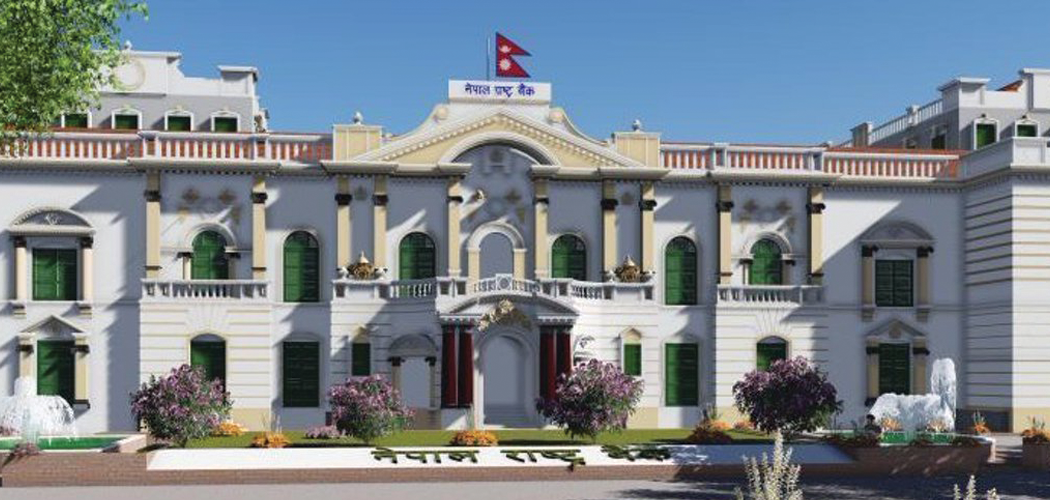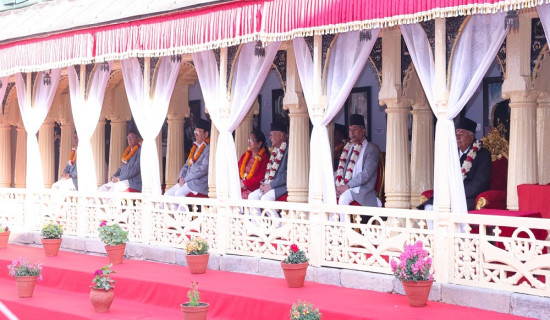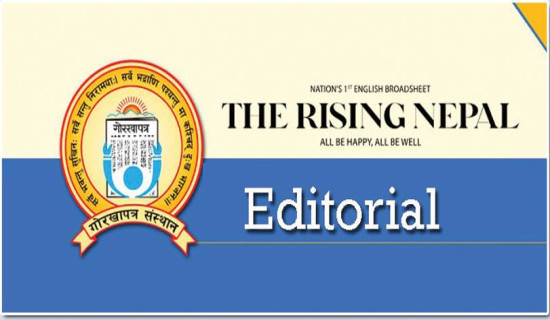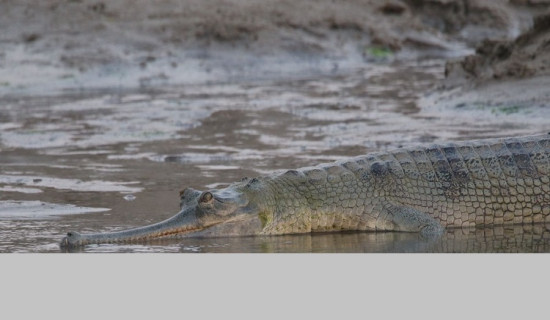- Monday, 3 February 2025
Remittance inflow growth rate down, FDI increases
By A Staff Reporter,Kathmandu, Feb. 3: The growth in Nepal’s remittance inflow moderated to 4.1 per cent, reaching Rs. 763.08 billion in the first half of the Fiscal Year 2024/25 coming down from the 22.2 per cent growth observed in the same period last year.
However, in US dollar terms, remittance inflows rose by 1.1 per cent to $5.58 billion, compared to a 19.5 per cent increase in the previous year, according to the latest report of the Nepal Rastra Bank on Nepal's macro-economic and financial situation published on Sunday.
The net secondary income (net transfer) rose to Rs. 832.76 billion, up from Rs. 799.54 billion in the same period last year. This growth is attributed to an increase in foreign employment approvals. A total of 230,439 Nepali workers received first-time approval for foreign employment, while 162,628 workers secured re-entry approvals. Last year, these figures stood at 206,390 and 133,940, respectively.
Likewise, Nepal’s current account surplus stood at Rs. 148.17 billion, a slight decline from Rs. 162.56 billion recorded in the same period last year.
Meanwhile, Foreign Direct Investment (FDI) showed a promising increase, with Nepal receiving Rs. 6.50 billion in equity-only FDI during the review period, up from Rs. 4.54 billion in the previous year. Similarly, net capital transfer rose to Rs. 4.29 billion, compared to Rs. 3.11 billion last year.
The Balance of Payments (BOP) remained in surplus at Rs. 249.26 billion, though lower than the Rs. 273.52 billion surplus recorded in the first half of FY 2023/24.
Forex reserves grow
Nepal’s gross foreign exchange reserves increased by 13.5 per cent to Rs. 2,316.84 billion in mid-January 2025, up from Rs. 2,041.10 billion in mid-July 2024. In US dollar terms, reserves reached $16.84 billion, reflecting a 10.3 per cent rise from $15.27 billion in mid-July 2024.
Of the total reserves, those held by the NRB increased by 12.1 per cent to Rs. 2,072.34 billion, while reserves held by banks and financial institutions surged 27 per cent to Rs. 244.50 billion. The share of Indian currency in total reserves stood at 24.3 per cent in mid-January 2025.
According to the NRB the foreign exchange reserves remain sufficient to cover 17.3 months of merchandise imports and 14.4 months of merchandise and services imports. The reserves-to-GDP ratio increased to 40.6 per cent, compared to 35.8 per cent in mid-July 2024.
Inflationary pressures continue
Nepal’s year-on-year (y-o-y) consumer price inflation rose to 5.41 per cent in mid-January 2025, up from 5.26 per cent a year ago.
Food and beverage inflation surged to 7.67 per cent, while non-food and services inflation stood at 4.19 per cent. The report said that prices of vegetables went up by 28.52 per cent, while ghee and oil rose by 10.67 per cent, pulses and legumes by 9.48 per cent, and cereal grains by 7.23 per cent. However, spices saw a 3.12 per cent decline.
Likewise, among non-food items, miscellaneous goods and services rose by 9.35 per cent, alcoholic drinks by 7.01 per cent, clothes and footwear by 6.75 per cent while furnishing and household equipment became dearer by 5.29 per cent.
Among the provinces, Koshi recorded the highest inflation at 6.73 per cent, followed by Madhes (5.96 per cent) and Bagmati (5.14 per cent). Similarly, the inflation rate in Gandaki stood at 4.37 per cent, Lumbini 4.83 per cent, Karnali 4.60 per cent and Sudurpashchim 5.67 per cent.






-original-thumb.jpg)








